MedPic
Computer Vision
Turning standard home medical devices into connected smart data hubs using Computer Vision
DISCOVER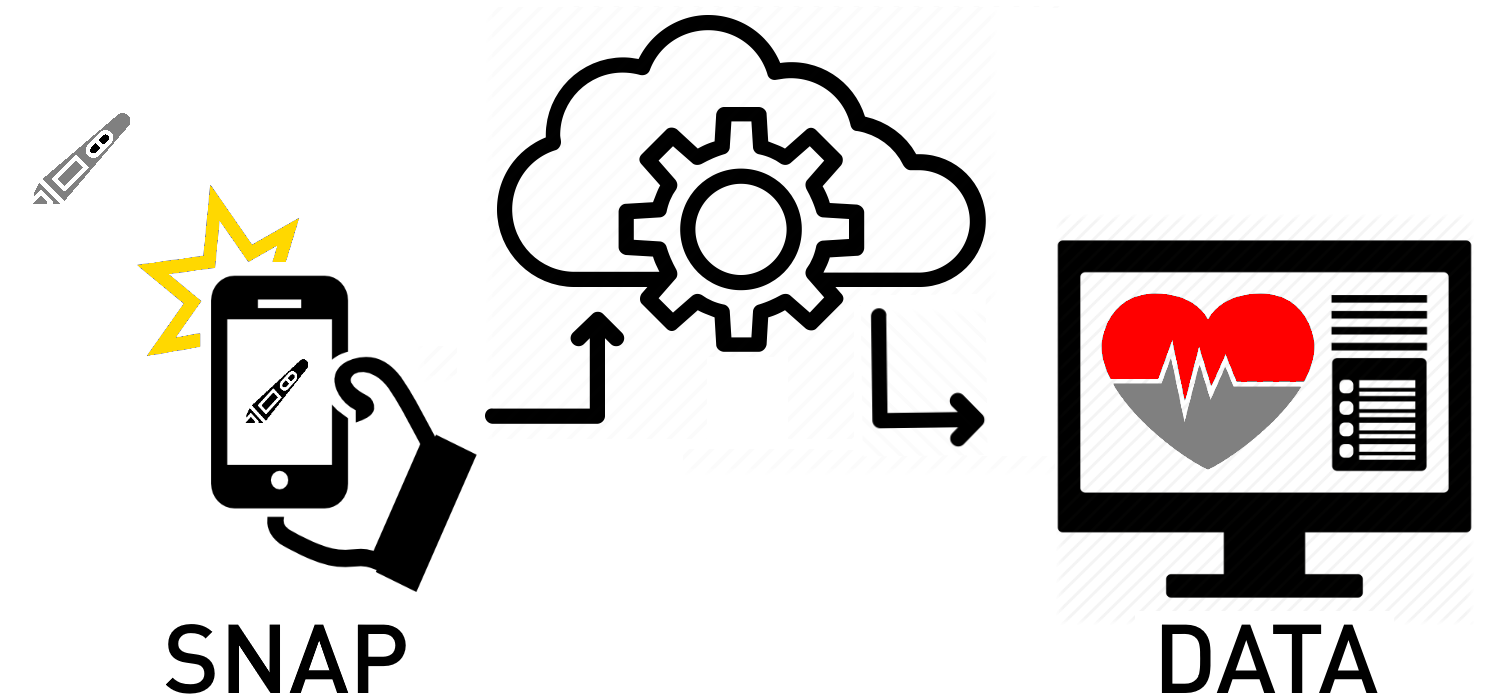
Turning standard home medical devices into connected smart data hubs using Computer Vision
DISCOVER
Millions of traditional non-connected medical measurement devices such as peak flow meters, blood pressure monitors, glucose meters are currently in use at home to monitor chronic diseases.
The measurements captured by these devices are not currently digitized, resulting in a lack of physiological data that could support diagnosis and management of these conditions and enhance outcomes.
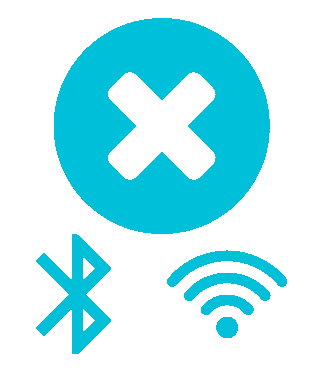
The current approach to device digitization relies on delivering Bluetooth/WiFi-connected devices which are typically 2x to 10x more expensive than non-connected devices and need training to use.

This can create significant adoption issues due to unfamiliar technology and cost considerations plus there's complexity in creating and certifying new connected devices for manufacturers.
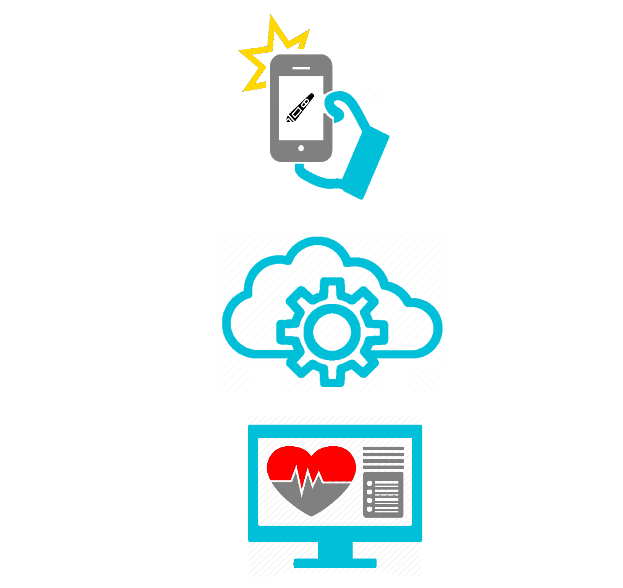
1. The user takes a reading with their at-home medical device
2. The user snaps a picture of the device after the measurement
3. Medipic seamlessly delivers the captured device data to the target healthcare platform using FHIR
The emailing module basically will speed up your email marketing operations while offering more subscriber control.
Do you need to build lists for your email campaigns? It just got easier with Evolo.
MedPic provides an universal,, cost-effective and simple solution that digitizes measurements from non-connected (i.e. ‘dumb’) medical devices and seamlessly delivers the data to any digital healthcare platform
How it works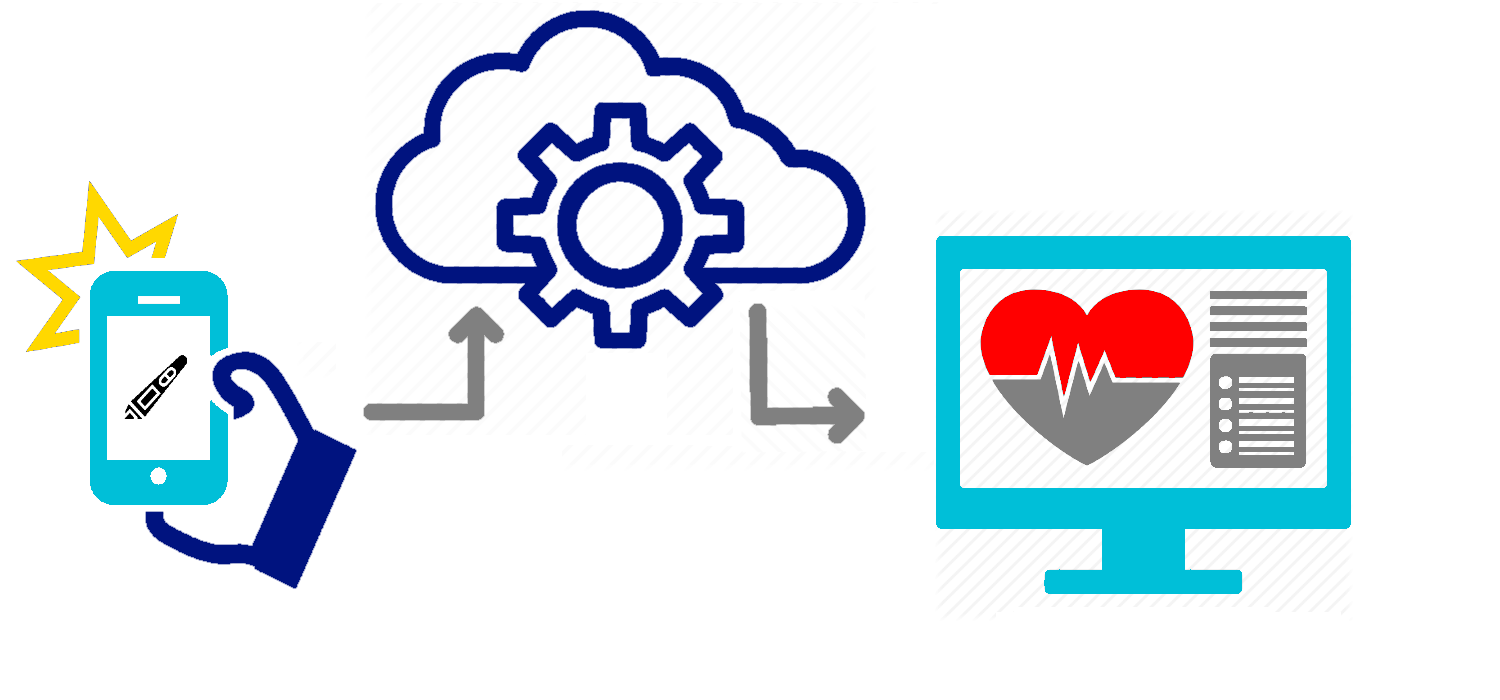
Physiological data monitoring is now seen as critical to enhance clinical outcomes and improve lives and with possibly billions of non-connected devices used at home to measure chronic diseases and conditions there is a vast treasure trove of data.
New remote patient monitoring CPT codes released in early 2019 in the US are now financially encouraging physicians to integrate physiological data monitoring in their practice
IoT medical device market set to grow at 25% CAGR to 2023, showing the interest and value of medical data... and yet no winning solution easily deployable
FHIR standard set to become a de-jure standard in 2020 with major players adopting it, making digital platform integration easy
How it worksConnected devices are typically 2 to 10 more expensive than “Dumb” ones. Assuming a $15 saving per device, MedPic could help save $450mn just for US diabetes patients using Glucose Meters(*) while enabling physicians to receive up to $1400 per patient per year (**) via remote patient monitoring reimbursement codes (CPT Codes)
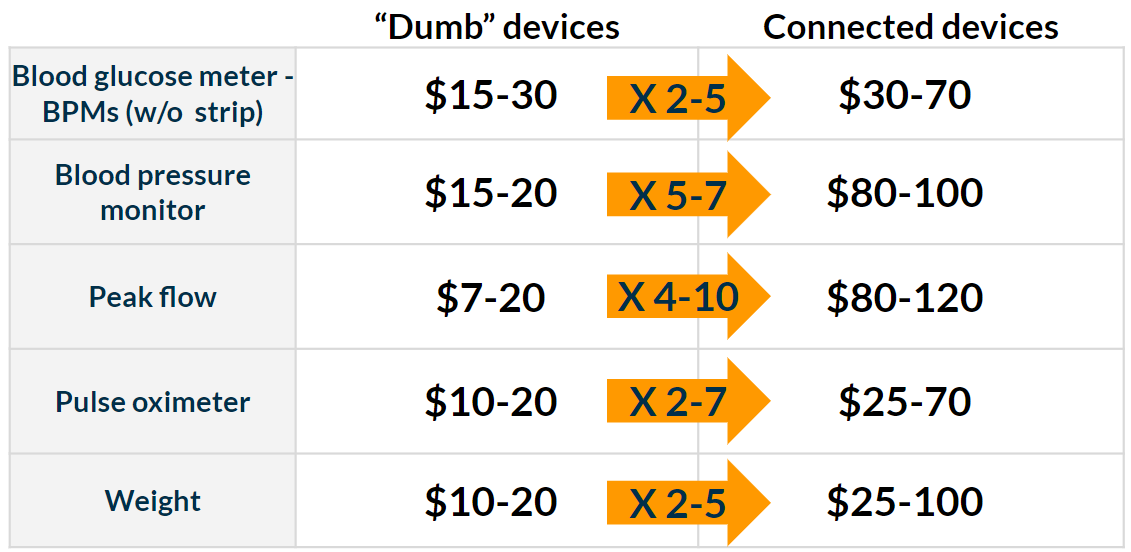
(*) based on 30m patients using glucose meters
(**) Codes 99453, 99454, 99457; pppy: per patient per year
Built on HIPAA robust foundations, open, scalable, cloud-first & serverless

This video shows an example of MedPic reading data from a Peak Flow Meter.
The peak flow meter in this example has no digital monitor - it is a complete "analog" device.
The peak expiratory flow, also called peak expiratory flow rate, is a person's maximum speed of expiration, as measured with a peak flow meter, a small, hand-held device used to monitor a person's ability to breathe out air. It measures the airflow through the bronchi and thus the degree of obstruction in the airways. It is a common device used in asthma and COPD to measure patient's response to their treatment plan.
MedPic is capable of extracting data from medical devices with screens. This video shows an example using a glucose meter.
Diabetes is one of the most common chronic diseases in the western world and millions of non-connected blood glucose meters exist at the home with their vast data sets not being recorded effectively.
Copyright © Evolo - StartUp HTML Landing Page Template by Inovatik